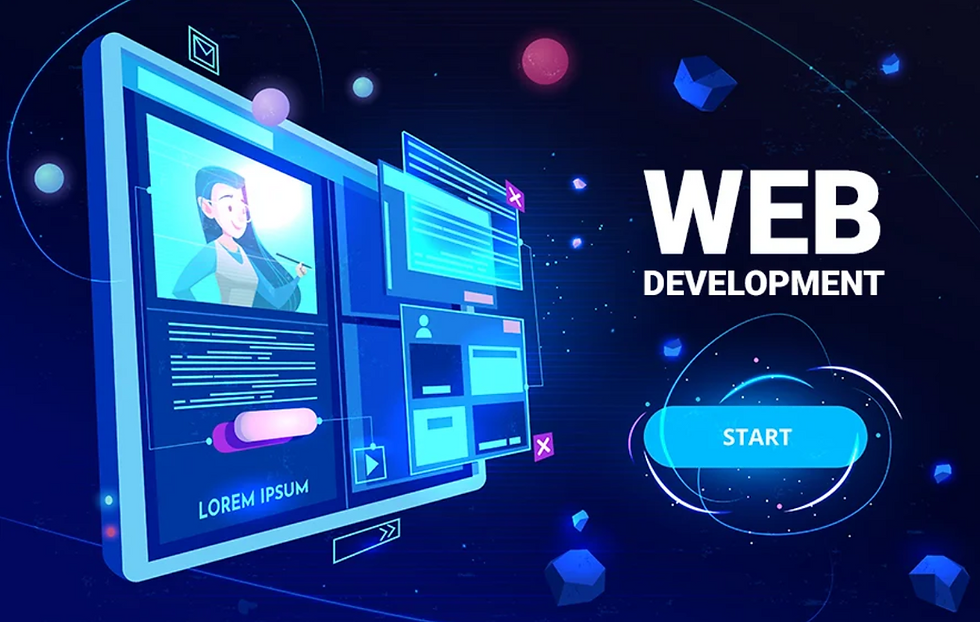What are the differences between verification and validation?
- ghoshricha08
- Sep 9
- 3 min read
One of the most common queries people have when they look for Tableau Online Training in India or Tableau Training Institute in Noida is how Tableau truly relates to data.
It's important for everyone who is learning or using Tableau every day to know what types of data connections it can make.
Tableau is one of the most powerful business intelligence tools in the world. Knowing the different types of Tableau data connections may help you make reports that are faster, smarter, and more dependable, whether you're getting ready for a career in analytics or already working with dashboards.
Tableau isn't just for making charts and dashboards; it's also for connecting raw data with useful information.
It works like a translator that talks to different databases, spreadsheets, and apps, transforming complicated data into a visual narrative.

1. Live Connection: Sync with Data in Real Time
You can think of a Live Connection in Tableau as having a direct phone line to your database. Tableau shows everything that happens in the source right away.
When you interact with a graphic, Tableau asks the source for information in real time.
When you need to know what's going on right now, as when you're keeping an eye on the stock market, sales dashboards, or website traffic.
Advantages: The data is always up to date, and you don't have to refresh it manually.
Problems: If the database is big or the internet connection is poor, performance may drop.
When businesses need constant updates, live connections are the best. That's why professionals who take Tableau Online Training in India typically try making live dashboards to see how they work in the real world.
2. Extract Connection: Quick and optimized snapshots
An Extract Connection, on the other hand, pulls data into Tableau's fast engine and saves it as a snapshot (TDE or Hyper file).
How it works: Tableau makes a copy of the data on your computer, compresses it, and saves it in a very efficient way.
The best use case is when your source is huge and you want speed over real-time sync. Great for analytics that only need updates in a day, week, or month.
Advantages: It works faster, is available offline, and puts less strain on the original database.
Problems: The data isn't live; it has to be refreshed on a set schedule.
At a Tableau Training Institute in Noida, most students learn how to use both Live and Extract connections. This is because businesses typically move between the two depending on their needs.
3. A hybrid approach is the best of both worlds
Businesses need to be able to change sometimes. That's when the Hybrid Approach, which uses both Extracts and Live, comes in.
As an example, you may maintain important, regularly changing data on a live connection and use extracts for historical data to make sure reports stay quick and seamless.
This method strikes the appropriate mix between performance and freshness.
4. Connections Based on Files: The Everyday Heroes
Not every dataset is stored in a complicated database. You can also connect files to Tableau:
Excel sheets
Files with CSV
Data in JSON format
PDF files
Files with statistics (SAS, SPSS, R)
These connections are great for people who are just starting out or for small reports. Analysts commonly start with Excel before linking to bigger systems, even in professional settings.
5. Server and Cloud-Based Connections: How Businesses Get Power
Tableau works perfectly with big systems like:
SQL Server
Oracle
MySQL
Google BigQuery
Amazon Redshift
Salesforce
SnowFlake
These links let enterprises connect Tableau directly to their business processes, so teams can work together on massive amounts of data without slowing down.
Conclusion
The best thing about Tableau is how flexible it is. Tableau has it all, from Live Connections for real-time insights to Extracts for speed and scalability, and from basic file-based links to cloud-based business applications.
Enrolling in a Tableau Training Institute in Gurgaon might be a game-changer for students and professionals who want to learn these ideas well.
This kind of instruction not only teaches the technical parts, but it also gives you the chance to practice in diverse situations.
You can make dashboards that look good and work well by knowing how these things are linked.
So, if you're taking a Tableau Online Training course in India, going to a Tableau Training Institute in Noida, or looking at advanced business use cases, keep this in mind: the right connection type may turn a report into a powerful tale that helps people make decisions.



Comments